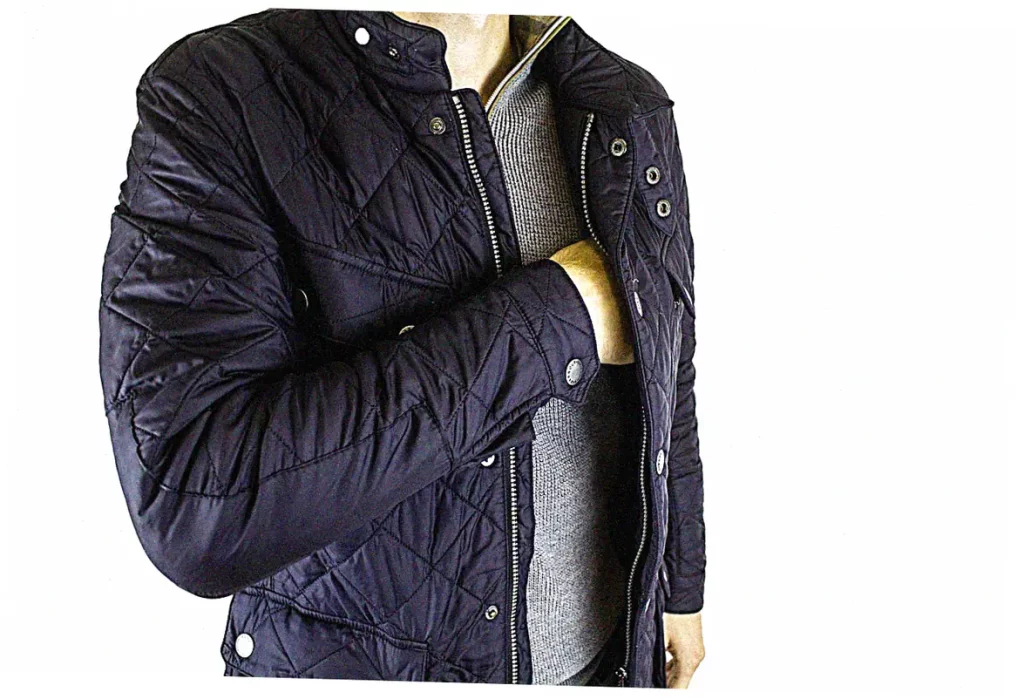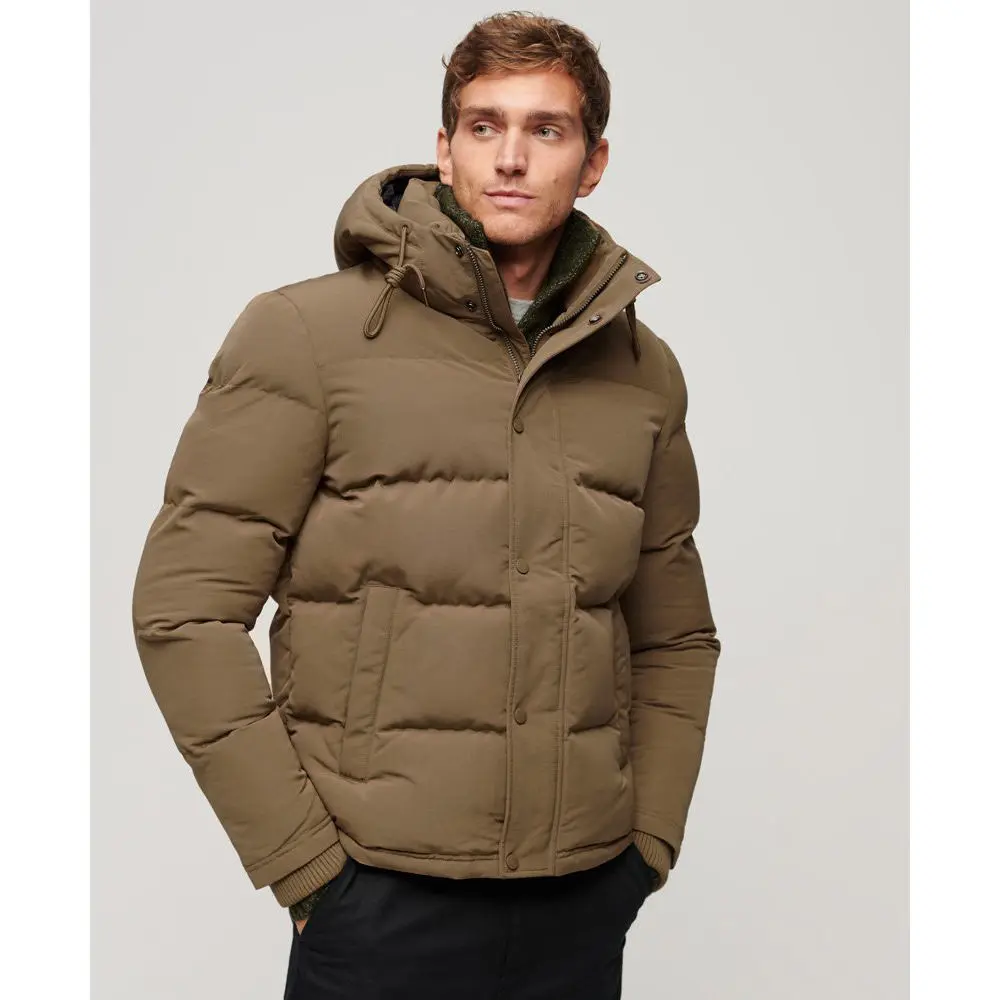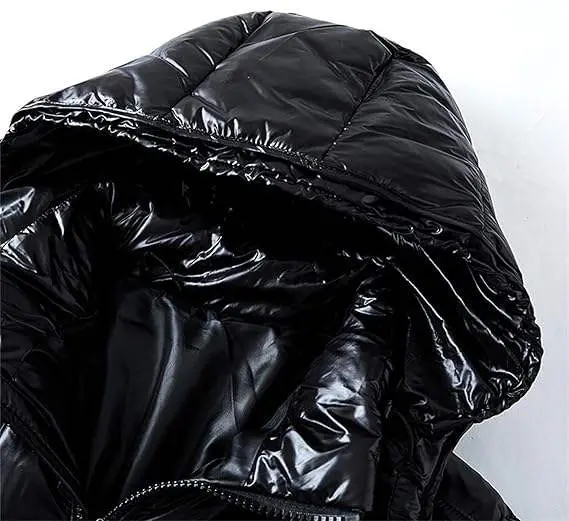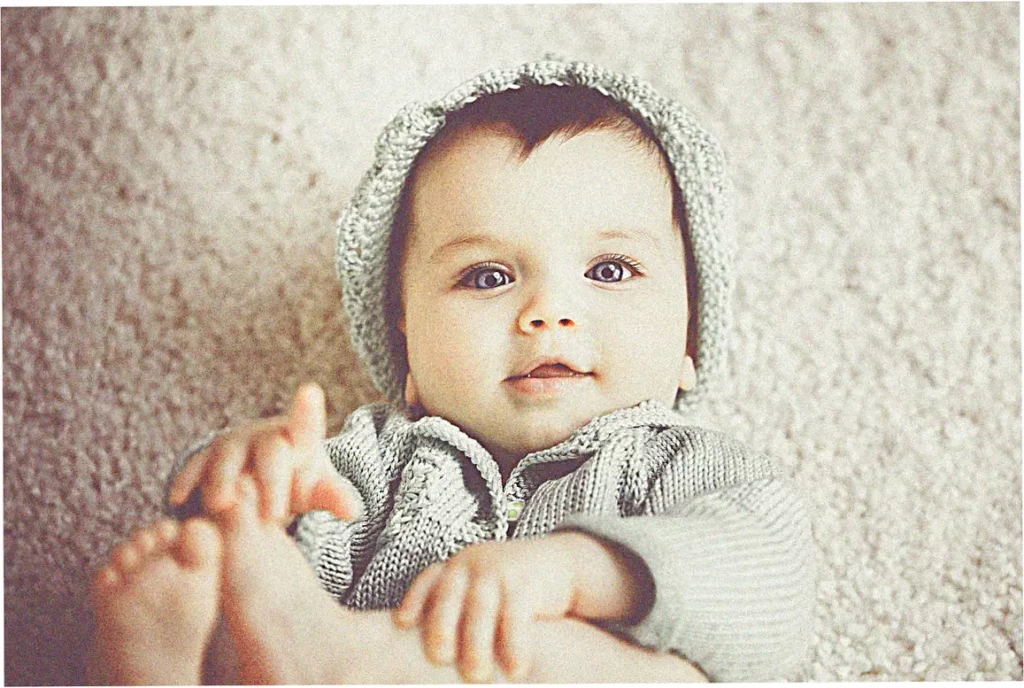When it gets cold, a down sweater hooded jacket is a must-have for anyone who loves the outdoors. It’s super versatile. You get the cozy warmth of down feathers plus the comfy fit of a sweater. That means great warmth without losing mobility. These jackets aren’t like those bulky winter coats. They’re made for active folks, packing down small but still keeping you really warm. Lots of newer ones, take the popular women’s Marmot 700 fill down jacket for example, are made ethically and sustainably. This really matters to people worried about the environment. Whether you’re in the city or out on the trails, knowing what makes these down sweater hooded jackets tick helps you pick the right one for your needs and what you believe in.
Table of Content
Defining the Down Sweater Hooded Jacket
What Exactly Is This Hybrid Garment?
The down sweater hooded jacket is basically a cool mix of classic down insulation and casual sweater style. This hybrid jacket usually has a light outer shell, top-notch down fill (around 600-900 fill power), and a fitted shape that moves with you.
It comes with a built-in hood that gives you extra protection from wind and light rain, making it way more versatile than jackets without hoods. Unlike bulky puffer jackets that look too technical for
daily wear, these down sweater hooded jackets keep a sleek profile that works great for both outdoor adventures and city life. They’re super warm without being heavy, plus they look good – that’s why more and more people are choosing these down sweater hooded jackets for both performance and style.
Over the years, manufacturers have improved the design to fix common down jacket problems like being too bulky and restricting movement. The sweater part isn’t about the materials – it’s about how the
down sweater hooded jacket fits and feels, hugging your body like a cozy knit sweater rather than regular outerwear. This design makes layering easier while still keeping you really warm.
Lots of down sweater hooded jackets now use recycled materials in both the shell and insulation, appealing to eco-friendly shoppers who want sustainable gear that doesn’t sacrifice performance or looks.

Key Components and Construction
How well a hooded down sweater jacket is built really affects how it performs, how long it lasts, and whether it’s worth the money. Better models have baffle construction that stops down from moving around
and prevents cold spots – they use smaller baffles in important areas like your torso and bigger ones elsewhere to spread warmth evenly. The outer shell is usually made of light ripstop nylon or polyester
with a water-resistant coating to handle light rain or moisture. Fancier versions, like the women’s Marmot 700 fill down jacket, use responsibly sourced down that’s certified by standards like RDS, making sure animals were treated ethically.
It’s the little details that make some down sweater hooded jackets much better than others. Good zippers (usually YKK), adjustable cuffs, solid pockets, and well-designed hoods with proper adjustments all make the jacket work better for you.
The down fill power – measured in cubic inches per ounce – tells you how warm and efficient the insulation is, and 700-fill hits a sweet spot between performance and price.
Some brands mix down with synthetic materials in spots that get wet easily, so the insulation still works when damp – this fixes down’s main weakness while keeping its amazing warmth without weight.
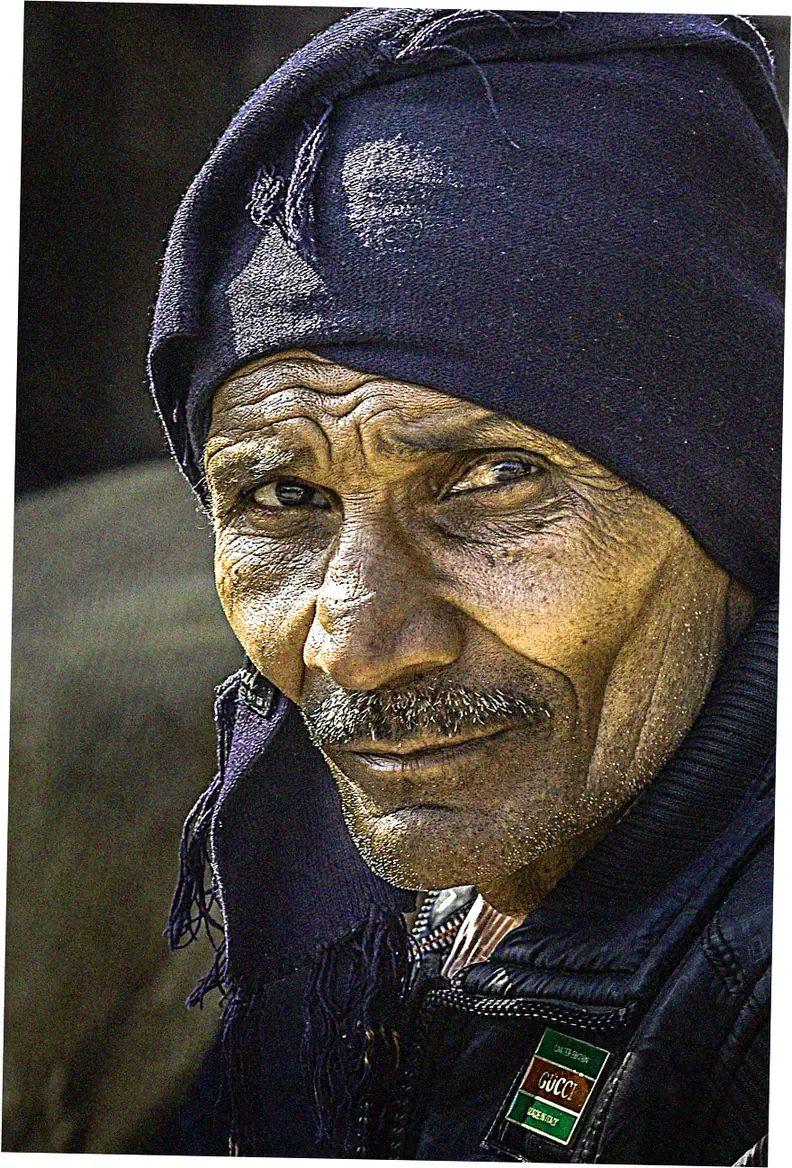
Performance and Technical Specifications
Insulation Efficiency and Temperature Ratings
If you understand how well a down sweater hooded jacket insulates, you can pick the right one for your weather and activities. Fill power tells you how warm it is—the higher the number, the more loft it has and the better it insulates.
A 700-fill down jacket usually keeps you cozy from 30°F to 50°F (-1°C to 10°C), but it depends on what you wear underneath and how your body handles cold.
These jackets pack down small, so they’re great for workouts where you might overheat. Plus, they block wind well, which helps you stay warm even when it’s breezy.
Lots of brands give temperature ratings based on tests, but take them as rough guides, not promises. Real-world warmth depends on things like humidity, wind, rain, and how easily you feel cold.
The hood helps too—it covers your head and neck, where you lose a lot of heat, so you stay comfortable in colder temps. If you’re worried about whether packable puffer jackets hold up, don’t be—today’s designs are built to last.
Good ones keep you warm for years if you take care of them, so they’re a smart buy for outdoor folks.
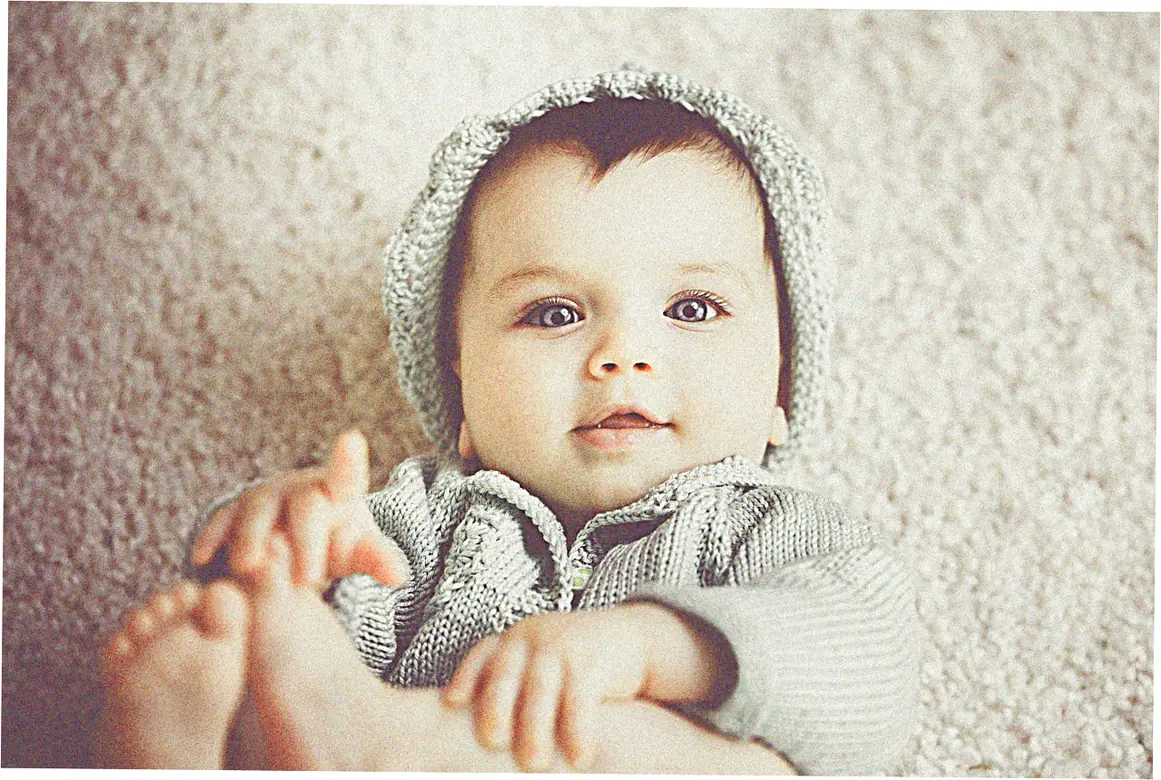
Weight and Packability Considerations
One of the best things about down sweater hooded jackets is how packable they are—great for hikers and travelers. Top models squash down to the size of a water bottle or smaller, so they slip right into your backpack without weighing you down.
That makes them perfect backup warmth when the weather turns on a hike, trip, or long adventure. They’re light too—usually under 16 ounces—so you can wear them all day without getting tired, and they still beat heavier synthetic jackets for warmth.
New fabrics and builds keep making these jackets more packable and warm, plus tougher. Old versions leaked down and wore out after packing, but now they have tighter weaves and treated feathers to keep everything in place.
Being packable doesn’t mean they’re weak—brands use tougher fabric on shoulders and cuffs where it counts. So yeah, the best down sweater hooded jackets today handle years of packing and wearing without losing their warmth or looks—durability worries are solved.

Ethical and Sustainable Manufacturing
Responsible Down Standards and Certifications
Conscious shoppers really care about where down feathers come from. That’s why we now have certification programs to make sure animals are treated humanely. Standards like RDS and Global TDS track the whole supply chain.
They guarantee that birds aren’t live-plucked or force-fed. Good brands proudly show off these certifications. They’ll tell you all about their sourcing and how they work with suppliers who follow strict animal welfare rules.
This openness helps you choose down sweater hooded jackets that match your values. You’re supporting companies that put ethics first.
But it’s not just about animal welfare. The environment matters too when making sustainable down sweater hooded jackets. Top brands use less water when manufacturing.
They make shell fabrics from recycled materials and cut down on chemicals with options like PFC-free DWR coatings. Some even let you trace where your jacket’s down insulation came from. That’s a whole new level of supply chain transparency.
These changes meet the demand for outdoor gear that’s easier on the planet but still performs great. Now sustainability and top performance go hand in hand instead of competing.
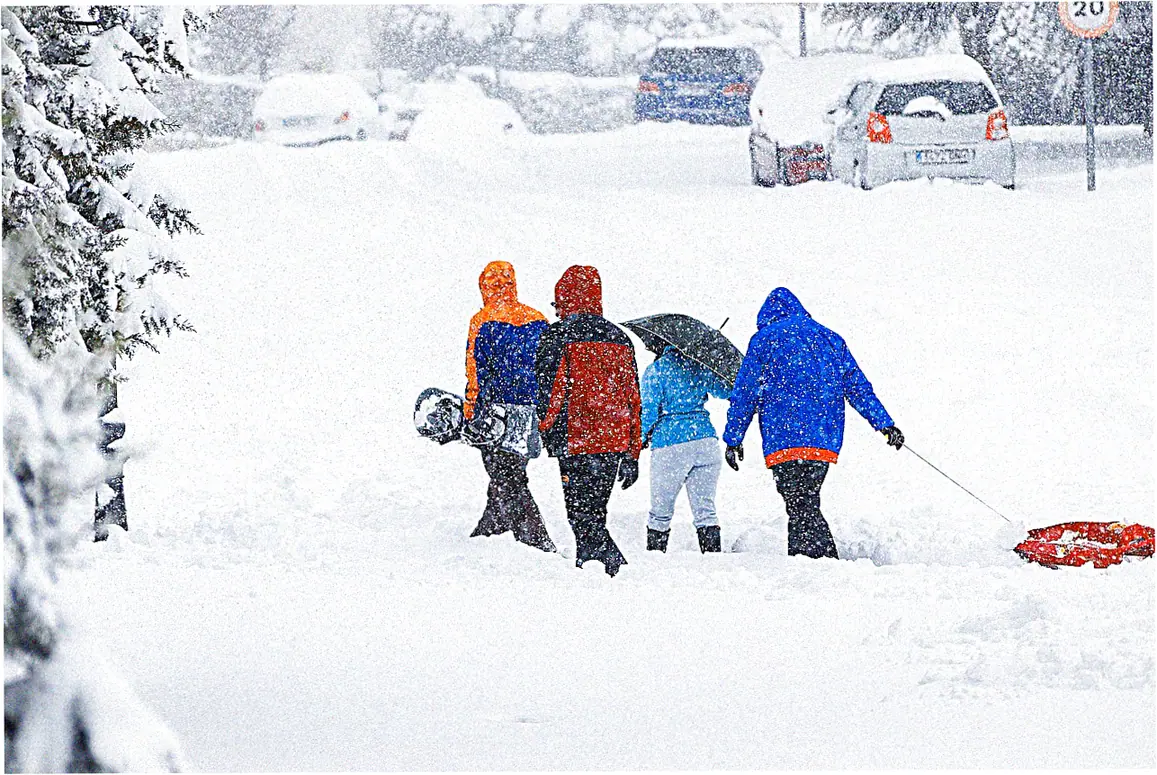
Longevity and Repair Programs
The greenest down sweater hooded jacket is one you can wear for years, not just seasons. Quality jackets are built to last. Good brands strengthen areas that get the most wear.
They use tough construction methods and pick materials that hold up well over time. Lots of brands now offer repair programs. Instead of replacing your jacket, they’ll fix damaged parts to make it last longer.
They’ll handle everything from zipper fixes to patching down compartments. This is much better for the environment than throwing jackets away.
You can help your jacket last longer too by knowing how to care for it. Store it loose in breathable bags, clean it as directed, and fix small problems right away. All this adds years to your down sweater hooded jacket’s life.
Learning to wash your down jacket right is key. Wrong cleaning can remove natural oils from the down, making it less fluffy and warm. Brands are giving better care instructions now.
Some even offer special professional cleaning just for technical down jackets. This focus on repairs and maintenance moves outdoor apparel toward a circular economy. That’s good for both you and the planet.
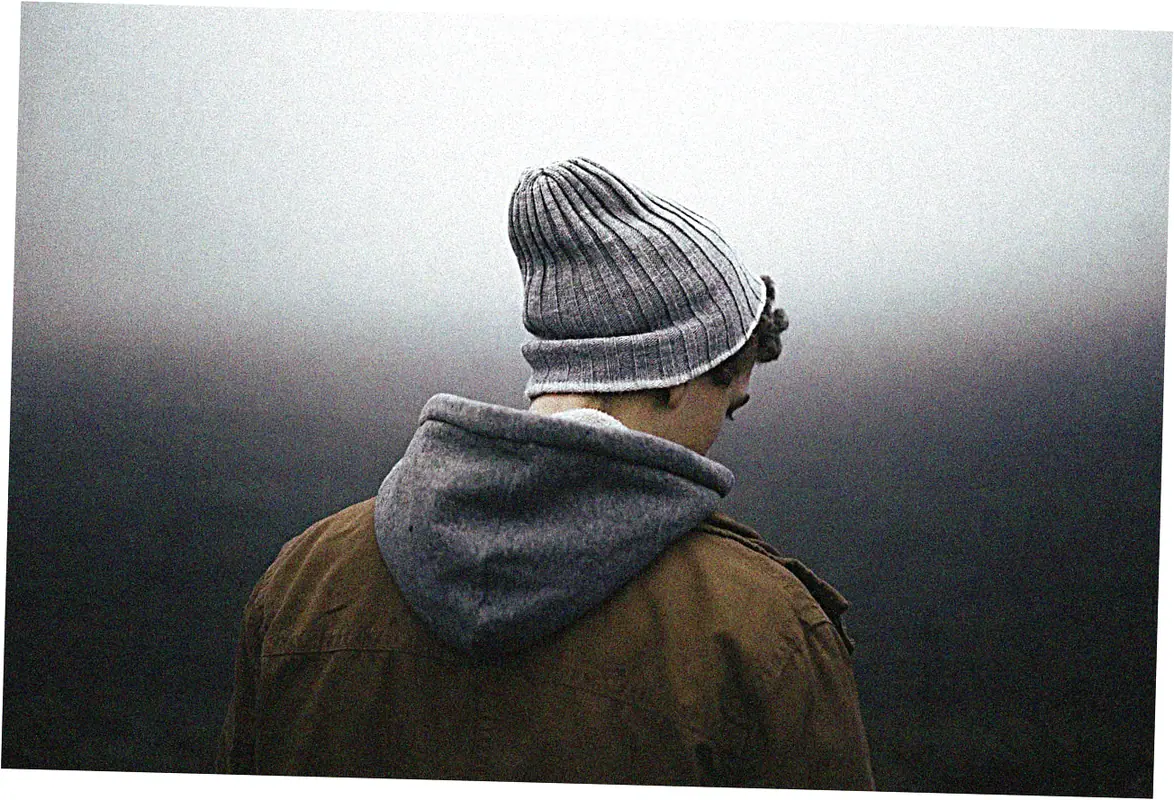
Care and Maintenance Protocols
Proper Cleaning Techniques
If you know how to wash your down sweater hooded jacket the right way, you’ll keep it warm and make it last longer. A lot of people don’t realize this, but you actually need to clean your down jacket regularly.
Body oils, dirt, and grime can make the down clump up. That means it loses its fluffiness and won’t keep you as warm. Most brands say to use a front-loading washer. You’ll also want a special down detergent.
This kind of soap gets it clean but doesn’t harm the down’s natural oils. Here’s how you do it: first, zip up all the zippers and close any Velcro. Then, pick a gentle cycle with cold or warm water. Make sure you rinse it really well to get all the soap out, or it could hurt the down.
Drying it properly is just as important as washing it. Tumble dry on low heat and throw in a few clean tennis balls or dryer balls. They’ll bounce around and help break up any clumps, so your jacket gets fluffy again.
This can take a few hours. Check on it now and then to be sure it’s totally dry. If it’s even a little damp, it might get mildew and start to smell funky. For little stains between big washes, just spot clean them.
That way, you don’t have to wash the whole down sweater hooded jacket so often. These maintenance practices, while time-consuming, significantly extend the jacket’s functional life and maintain its aesthetic appeal, making the effort worthwhile for preserving your investment in quality outerwear.

Storage and Minor Repairs
Storing your jacket the right way stops the down from getting squished. If it’s compressed for too long, it can lose its fluff for good. Down isn’t like synthetic insulation. It’s best to store it loose in a cool, dry spot.
Good down sweater hooded jackets often come with a big cotton bag that’s perfect for this. Don’t use plastic bags or bins. They can trap moisture and lead to mildew. If you’re storing it for a while, take it out and air it out every so often.
This keeps it fresh and fluffy. These easy steps make sure your down sweater hooded jacket is ready to go when you are. It won’t lose its warmth even when you’re not wearing it for months.
Fixing small problems right away stops them from turning into big ones. With regular wear, your down sweater hooded jacket might sometimes get a small tear or a loose stitch.
Most companies include a little repair kit with matching thread and patches for quick fixes. For bigger damage, you’ll want to take it to a pro. Learning basic sewing techniques for repairing small tears
or reattaching buttons extends the garment’s functional life significantly. For down leakage—occasional feathers working through the shell—a simple twist and push back through the fabric usually solves
the problem without compromising the jacket’s integrity. Knowing how to take care of your gear is super valuable. It helps you get the most out of your money when you buy quality stuff like a down sweater hooded jacket.

Comparative Analysis with Alternatives
Down vs. Synthetic Insulation
When choosing between down and synthetic insulation, it really depends on how you plan to use it, the conditions you’ll be in, and what you personally care about.
Down insulation, especially the high-fill-power kind, gives you great warmth without adding much weight, packs down small, and lasts a long time if you take good care of it.
But synthetic options keep you warm even when wet, dry quicker, and usually cost less. For dry cold weather or city use where staying dry isn’t a big worry, down sweater hooded jackets really can’t be beat for performance and comfort.
Now with water-resistant treatments, down performs much better in damp conditions too, making down sweater hooded jackets work well in more places.
There are also ethical things to think about when picking between natural and synthetic materials. Down comes from renewable sources and breaks down over time, but some people worry about animal welfare, which isn’t an issue with synthetics.
On the other hand, synthetic insulation is made from petroleum, and getting it and making it can hurt the environment. Recycled synthetic insulation helps a bit with these concerns, but making it still takes a lot of energy.
So it comes down to what matters most to you. If you want the warmest, most packable jacket that lasts, a down sweater hooded jacket is great. But if you’re often wet or want to avoid animal products, synthetic might be better.
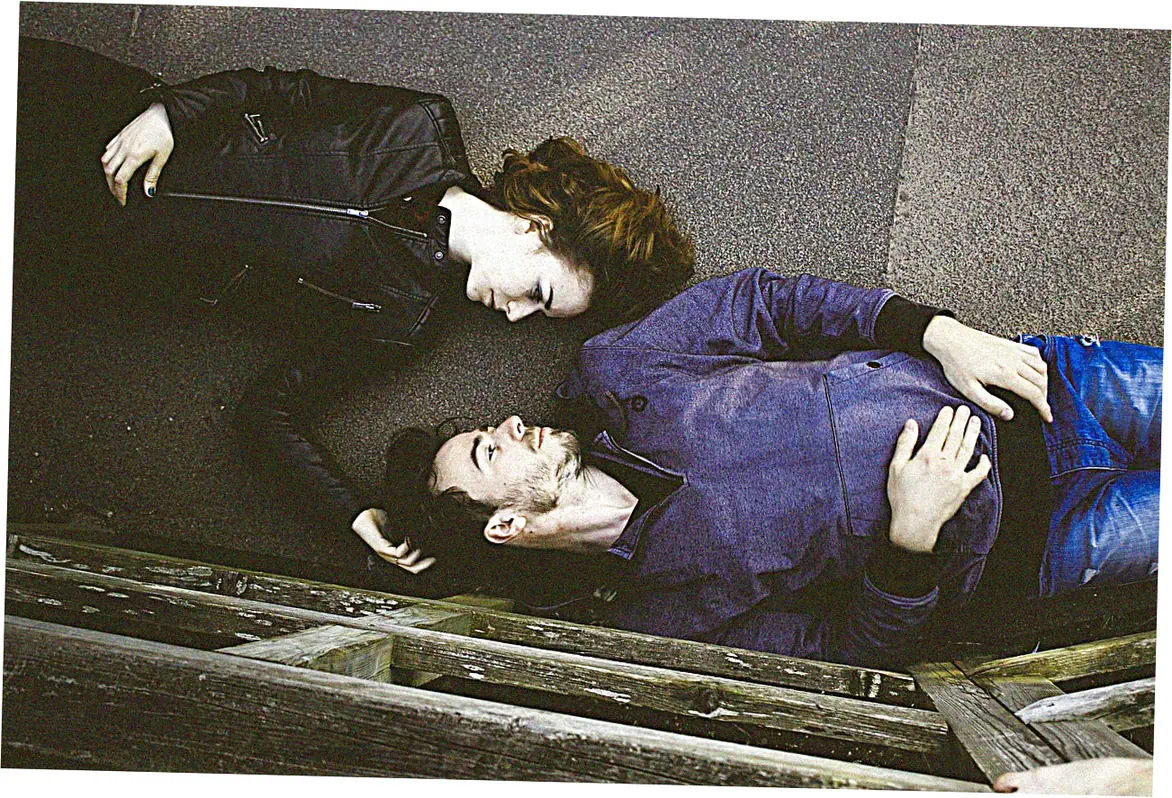
Hooded vs. Non-Hooded Designs
Having a hood really makes a down sweater jacket more versatile and protective. Built-in hoods protect your head and neck, right where you lose a lot of heat, keeping you comfortable in colder temps.
Newer designs have adjustable systems that fit over helmets for climbing or skiing, but still look sleek when you’re not using the hood. You can even use the hood as a pillow when you take a quick break, which is really handy.
That’s why hooded down sweater jackets are so popular now, even though they’re a bit heavier and bulkier than ones without hoods.
If you usually wear your down sweater jacket under a hardshell that has its own hood, you might think two hoods is overkill. But a hooded down sweater is super useful on its own when the weather is changing and you don’t want to carry extra layers.
The insulated hood is also much cozier than a thin shell hood when you’re just standing around. Companies have fixed the bulkiness issue with cool designs like hoods that stow away and low-profile builds that don’t get in the way.
Thanks to these improvements, most people prefer hooded down sweater jackets when they want an insulation layer that can do it all.
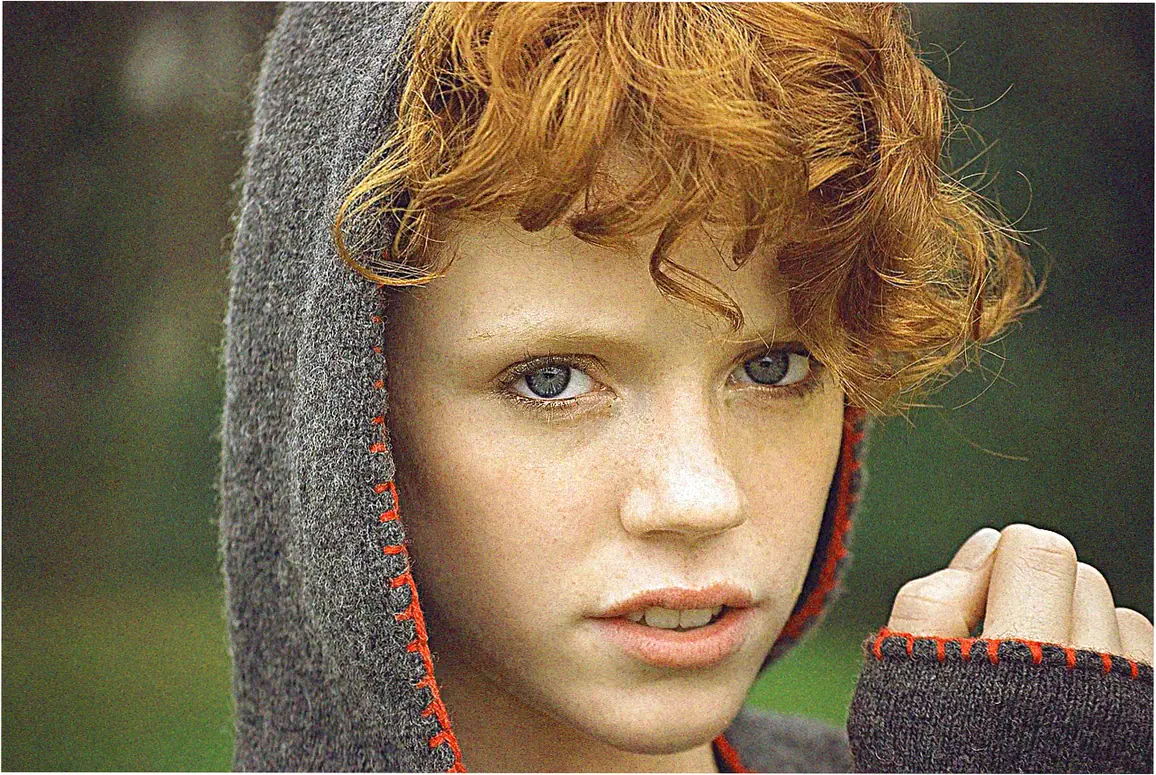
Selection Criteria and Fit Considerations
Identifying Quality Construction Features
To spot quality differences in down sweater hooded jackets, pay attention to how they’re built—it really affects how they perform and last. Check the stitching—straight and even seams without loose threads mean it’s well-made.
Good zippers—like YKK ones—should slide easily and not snag. Also, look for reinforced spots at pockets and cuffs to avoid early wear and tear. When you shake it gently, the down should feel evenly spread—no big empty spots or clumps.
These visible clues often hint at stuff you can’t see, like ethical down sourcing and eco-friendly making. That helps you find jackets that are truly worth it, not just cheap.
Extra features can make it more useful without making it heavy or bulky. Pockets in smart spots—inside and out—keep your stuff safe without messing with comfort or movement.
Adjustable cuffs and hems let you tweak the fit to block heat loss and work with different layers. Reflective bits boost visibility when it’s dark—a safety plus many people miss.
Take the women’s Marmot 700 fill down jacket—it nails these quality points. Its smart design makes it better to use and keeps it sleek. All these features turn a simple warm layer into a versatile piece for all sorts of outdoor fun and city trips.
Sizing and Layering Compatibility
Picking the right size for a down sweater hooded jacket isn’t just about measurements. Unlike fashion coats, technical down jackets need room for base and mid-layers underneath, so you can move freely and the insulation isn’t squished.
The best fit lets you raise your arms and move easily without extra fabric bunching. The hem should cover you without riding up when you’re active. Women’s designs, like the Marmot 700 fill down jacket,
are cut to fit women’s bodies better without losing performance. This shows how special sizing boosts comfort and function for different shapes.
How it layers really affects what size you choose. Under a weatherproof shell, the down sweater should fit smoothly—no bulk that messes with the outer layer. Worn alone, a bit more room improves air flow and comfort when you’re moving more.
Try it on with the layers you’ll wear for the best fit check. Keep in mind—down insulation needs loft to work well. If it’s too tight, it won’t keep you as warm.
The hood should fit over hats without being too tight and give good coverage when you use it. These fit details make sure it works great in all kinds of situations and weather.
Choosing the perfect down sweater hooded jacket means balancing tech performance, ethics, and what you like. Learn about insulation, build quality, and how to care for it—then you can pick what matches your values and outdoor plans.
These jackets are so versatile—they’re a great add to any closet, giving reliable warmth for all sorts of activities and places. Take good care of it, and it’ll last way longer—getting the most from your money and less impact on the planet.
Check out trusted brands that care about ethical sourcing and green making. That way, your gear shows you’re into responsible buying.
Frequently Asked Questions
Are packable puffer jackets durable enough for regular use?
Today’s packable down jackets are built tough. They use smart construction and strong materials. If you take care of them, they’ll last through regular wear. Good ones have reinforced stitching, ripstop fabric, and special down. This down keeps its fluff even after you pack it over and over.
How should I wash my down jacket to maintain its performance?
Wash it in a front-loading machine. Use a detergent made for down, cold water, and the gentle setting. Make sure to rinse it well. Then tumble dry on low heat. Throw in some dryer balls to help puff it back up. Skip strong detergents and high heat. They can wreck the down inside.
What distinguishes women’s specific designs like the Marmot 700 fill down jacket?
Women’s down jackets are cut differently. They fit better around the shoulders, chest, and hips. The waist is often a bit higher for more coverage. The Marmot 700 fill down jacket is a great example. It gives you top performance and looks good too.
How do ethical certifications impact down jacket quality and pricing?
Certifications like RDS mean the down was sourced humanely. This doesn’t change how warm the jacket is. They might make the jacket cost a bit more. That’s because the supply chain has to be more transparent. But lots of folks think it’s worth paying extra to know it’s ethical.
